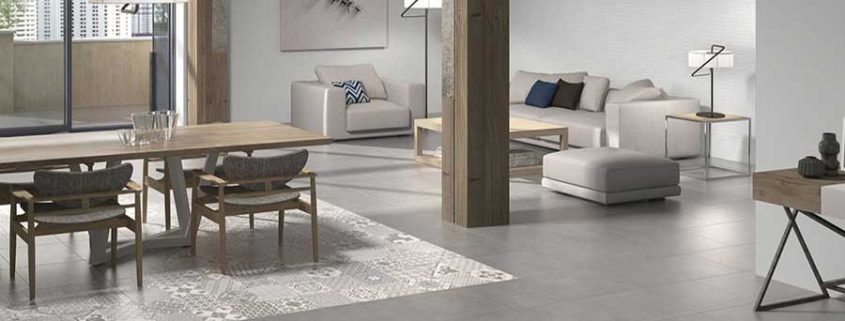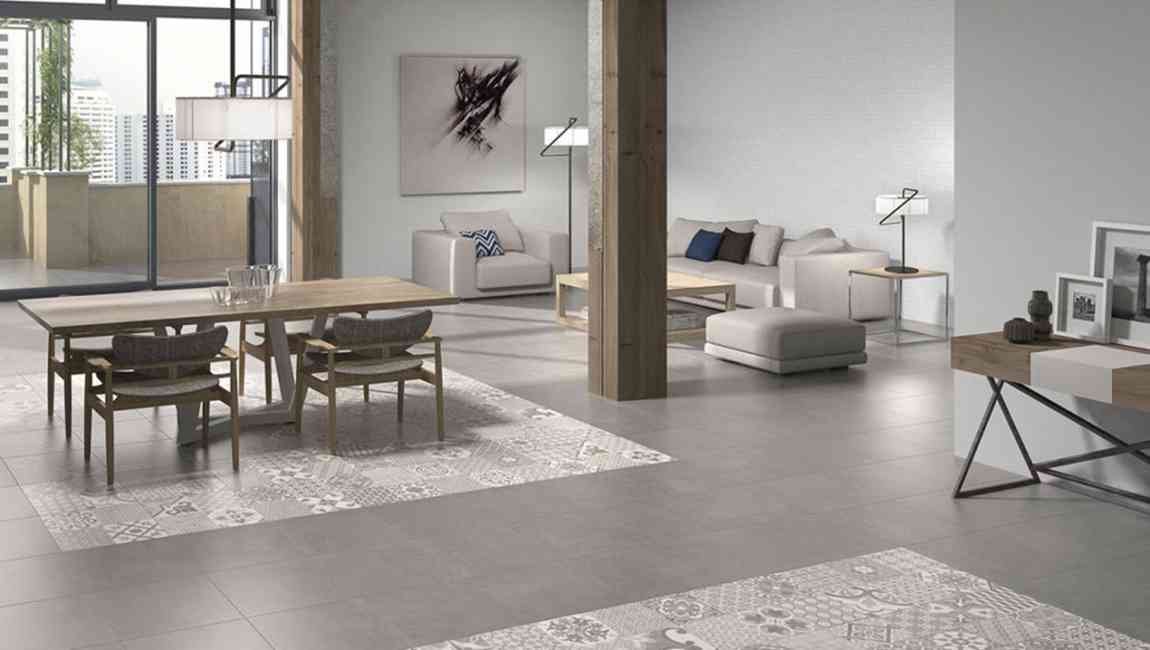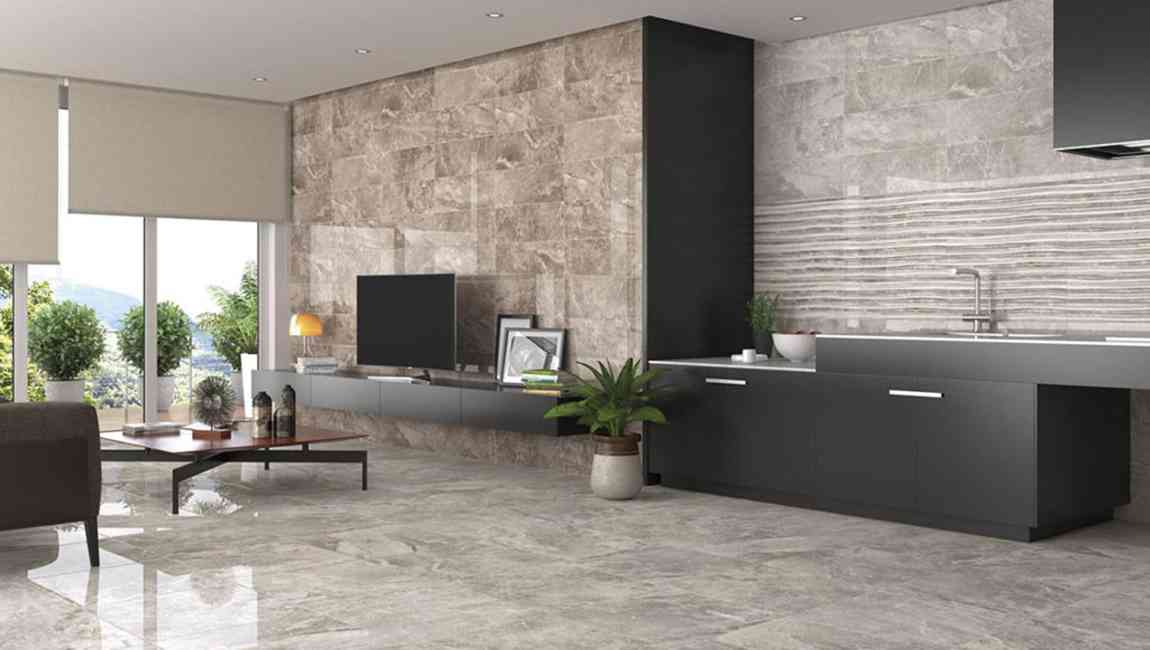What Should We Do After Laying Floor Tiles?
Spreading Adhesive, or Mastic, and Laying ceramic Tiles. Pick up all tiles design and set aside. On your prepared surface, begin spreading the adhesive with the notched trowel. You will start from the center point, work only in one quadrant, and apply small sections at a time, following the pattern during the rehearsal. Spread adhesive evenly, then using the notched edge, make a raking motion. You should have grooves neither too deep nor too shallow. Set the first tile in place at the corner lines made by the center point. Do not twist cement tiles; simply press the tiles down firmly yet softly.
Set marble tiles spacer and then continue with additional marble floor tile. (Remember to set polished tile spacers after each tile). Use your level to determine degree of level of the marble stone tiles as you go along. (Not all surfaces are perfectly level). If slightly uneven, either manipulate the small tiles or add a little more adhesive to the floor until level. Usually, after a quadrant is complete, remove the tiles spacers so they do not set into the adhesive. Follow this process for the remainder of the floor, making sure to check the level as you go along. Wait. After the tiles have been set, it is usually advised to wait at least one day (or overnight) to allow the adhesive to dry, or cure. After the adhesive has cured, you will grout the joints.
Grouting. Continue working in quadrants as before. Using a rubber float, apply only enough grout as you can effectively work with. In a diagonal direction, press grout into the joints to an even level with the tiles. Skim excess from tile with the rubber float. You will notice a mild “grout haze” on your wood marble tiles. Wait a few minutes for the grout to stiffen up in the joints. Use a damp sponge work across the joints, (working along joints can drag out too much grout) to remove grout haze from tiles and finish the joints, make sure not to press too hard on joints. As you work, check each joint is full and smoothly finished. Continue this process with other joints in remaining quadrants.
Consider caulk. For joints at the wall tiles and floor interface it is best to use caulk instead of grout. There are benefits to using caulk along wall joints. All polished porcelain tiles may expand or contract depending on temperature fluctuations. The wall joints are also known as expansion joints. Using caulk here will buffer expansion and contraction a bit. Let the floor cure.Wait for the entire floor to cure for about a week before giving it a good mopping to remove remaining grout haze. You may also choose to seal the grout with a sealer to lock out dirt and or grease.






